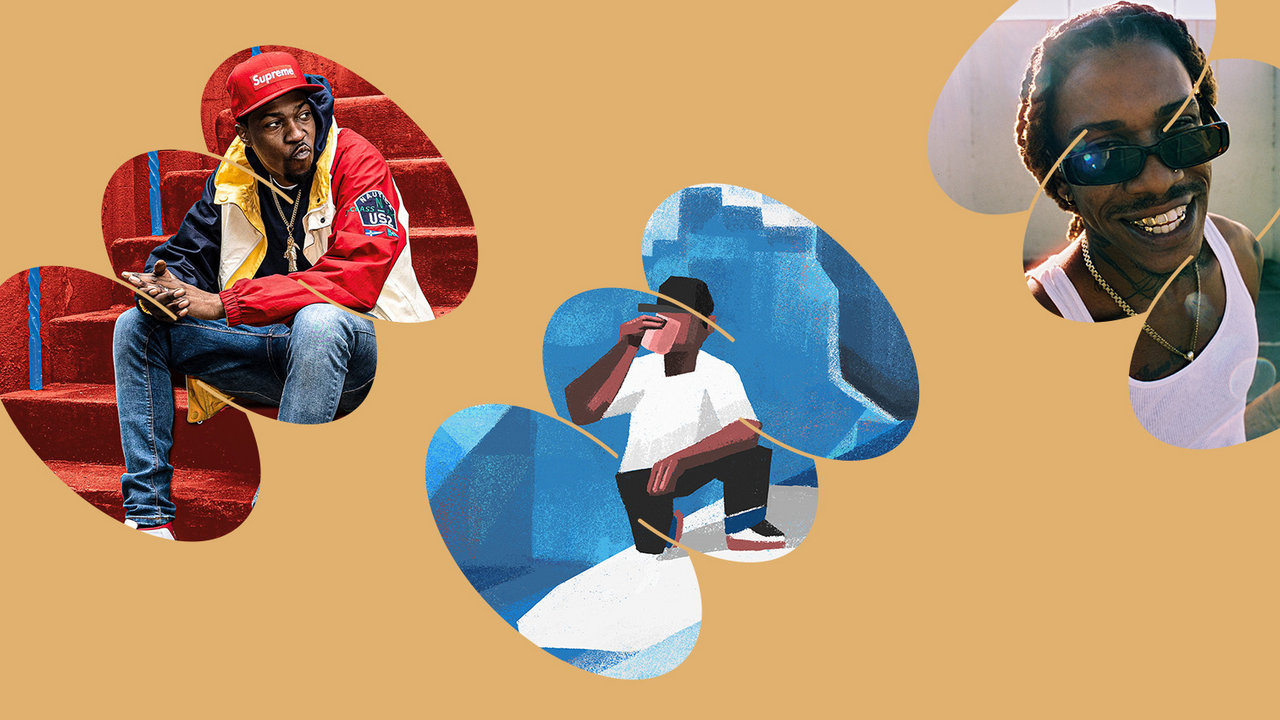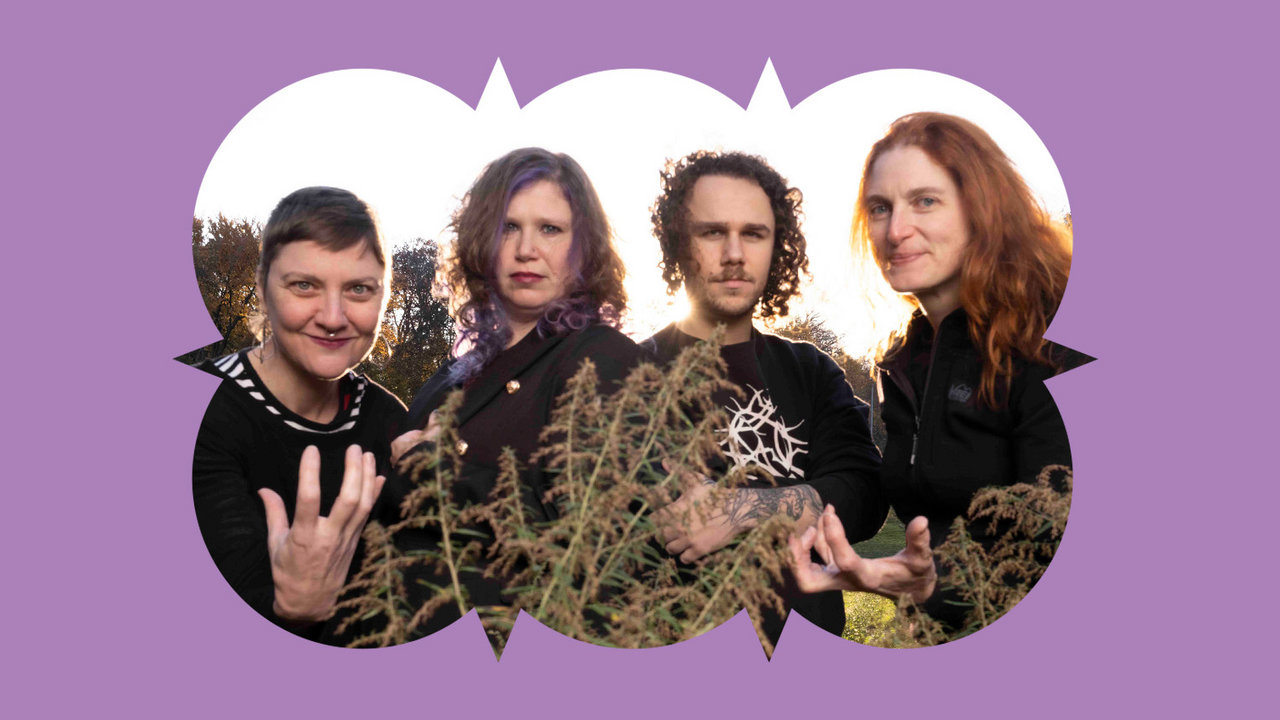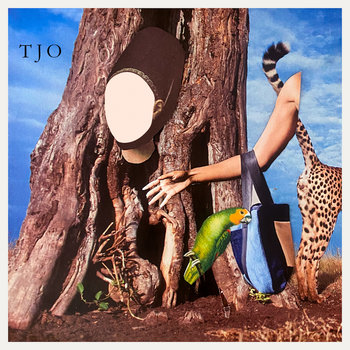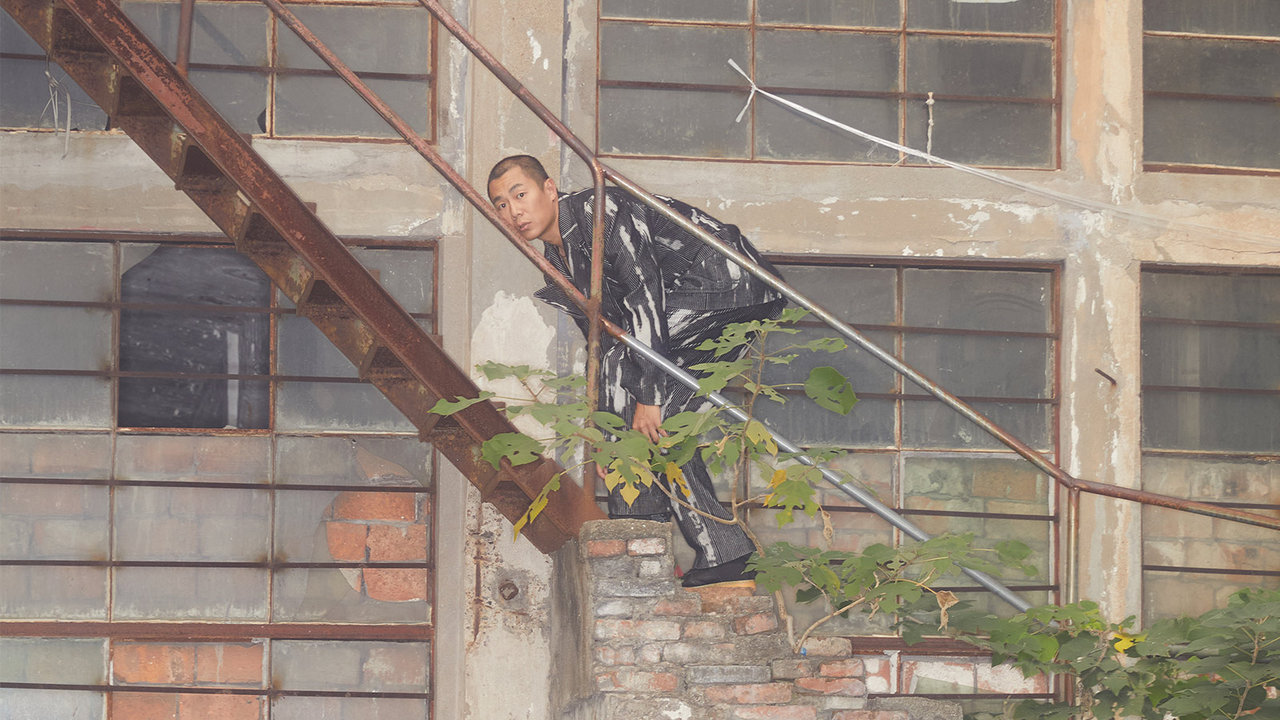
[Part one of a two-part look at the evolution of the punk scene in Amsterdam. Read the second part here.]
“It was kind of an explosion of a lot of people’s minds,” says Truus de Groot. She’s talking about ULTRA, the late ‘70s/early ‘80s underground movement of subversive art that exploded onto the Netherlands music scene. “We created a musical style without anything having been there before.” Like the punk and loft jazz scenes in ‘70s New York City, ULTRA was a DIY development, with forward-thinking artists looking at what was happening in their backyard and saying, “Screw it. Let’s start fresh.”
Punk had already blown up in The Netherlands. Indie labels like Torso and Plurex began as part of the music’s initial surge, but it wasn’t long before people started getting restless. “The trigger must have been [milestone 1978 No Wave compilation] No New York,” reckons de Groot, who first turned heads singing and wreaking electronic havoc with Nasmak. “What Lydia [Lunch] was doing, and DNA, and all these bands—everybody [in ULTRA] started playing their instruments much more abstractly.”
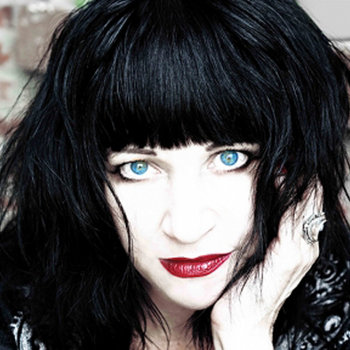

“You take the spirit of punk and inject it with ideas that came from avant-garde art, with a trace of Dutch flavor,” says Young Lions guitarist Harold Schellinx. Add the inspiration of UK electronic provocateurs like Cabaret Voltaire and Throbbing Gristle and American outliers like Suicide and Pere Ubu, and you’ve still got only part of the picture. Radicalized by minimalism, Dadaism, free jazz, and more, ULTRA’s core constituents—including The Young Lions, Wally van Middendorp’s Minny Pops, and de Groot’s Plus Instruments—created both a circuit and a sound from scratch. Van Middendorp remembers it as “liberating,” adding, “Maybe it wasn’t meeting the criteria of the established music industry, but it didn’t really matter.”
ULTRA was enabled by both community spirit and urban collapse. As the Dutch government slid into an economic sinkhole, young people in Amsterdam, Rotterdam, and other urban hubs were going on the dole and occupying squats in ever-increasing numbers, not unlike the architects of the ‘70s UK punk scene. Bands lived, practiced, and performed in these reclaimed spaces. Often the squats were just abandoned apartment buildings, but de Groot also recalls grittier locales: “Basements or deserted factory holes that were cold as hell, and you would have so much reverb going on. Really rough spaces.” Ironically, even as the economy was capsizing, the government continued supporting the youth-focused cultural centers that became central to the scene. “They would book crazy acts and they didn’t care if anybody showed up,” de Groot says, “because they were subsidized.”


That’s how Amsterdam youth center Oktopus—a “little hole in the wall,” recalls de Groot—became the movement’s birthplace, where the now-legendary ULTRA Nights were staged. “We went to places where there were opportunities,” says van Middendorp. This opportunity appeared because Schellinx had a janitorial job at Oktopus. “This enabled me to convince the people that run the place that there should be these experimental concerts down there,” he recalls. ULTRA Nights, organized by Schellinx, van Middendorp, and Young Lions singer Rob Scholte, happened Wednesdays from September 1980 through April ‘81. “We invited bands from all over Holland that we thought were a little bit in this spirit of experimental post-punk.”
“You would think there was a manifesto in place but there wasn’t,” says van Middendorp. “There was no dress code, there was no doorman saying you could not come in if you didn’t have the right look…It was more of a natural selection process, and we did attract the ‘right’ people—whoever they were.”
The Young Lions, Minny Pops, and Plus Instruments, as well as Tox Modell, Mekanik Kommando, Mick Ness, and many more turned out to rebuild Dutch music in their own anarchic image. Some knew their way around an instrument, and some were absolutely winging it, fueled by boundless energy and imagination. “I’d take an instrument and never try to play it as a musician,” says de Groot, “but just as an experimental object.”

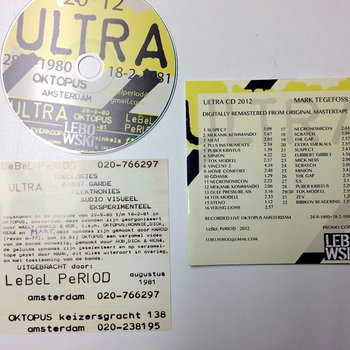
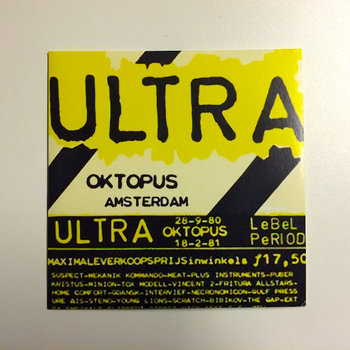

Compact Disc (CD)


All of them were utterly original—and a hefty portion of them came from the art world. The Young Lions, formed at Rietveld Academie, were among the many acts with art school origin stories. “The band were very conscious that what they were doing was making art,” explains Schellinx. “It was not an isolated thing; it was happening all over.”
Van Middendorp explains that the ULTRA Nights went on for less than a year because, “We achieved what we wanted to achieve in our first year and did not want things to become predictable.” But the scene had already drawn like-minded souls from across the Netherlands, and the wider ULTRA-inspired scene kept gaining traction as bands brought their experimentation to bigger venues, like Amsterdam’s Milky Way and Paradiso.
The movement even had its own publication, which helped spread the word across The Netherlands: Vinyl. “The magazine came into being at the moment that the ULTRA nights stopped in ‘81,” recalls Schellinx, “to carry the flame. I was one of the early writers in the magazine. [The aim was] to give an image, an authority to this kind of music that we thought was neglected in the music press. The punks would just Xerox a few pages, we wanted to do a real glossy magazine, and with a flexi-disc.”
But golden moments by definition don’t last. As the economy improved, aspirations beyond underground art movements appeared. By the mid-‘80s, many of the ULTRA bands had broken up. Others left the freewheeling fervor behind. “Some people went on into the synthpop direction,” says Schellinx, “the sort of frenetic experimentation from years before, that just stopped.”


In 2012, though, the flame was rekindled. Lebowski Books published Schellinx’s horse’s mouth account, ULTRA, and a run of Minny Pops reunion gigs was tied into a series of celebrations under the banner ULTRA2012. “This put a big smile on my face as the ULTRA movement and ULTRA Nights found their place in history,” says van Middendorp. “Who would have thought about this in 1981? This was the final ULTRA statement and a great way to close the book.”
ULTRA’s influence has proven too powerful for the book to stay closed though. (See Leonor Faber-Jonker and Oscar Smit’s 2019 book No Fun, Torso, and Plurex and Minny Pops’’ 2024 reemergence). Eager to explore the legacy? Here are some stellar starting points.
Minny Pops
Drastic Measures, Drastic Movement

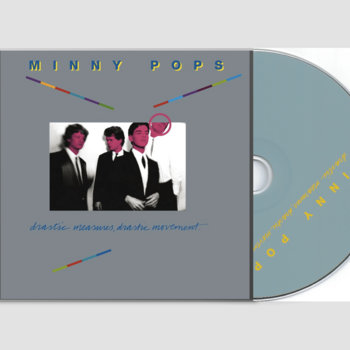

Compact Disc (CD)

Minny Pops were the ULTRA poster boys, earning international renown via recordings for Manchester’s famed Factory Records, a BBC live session for John Peel, etc. But this pack of art provocateurs were as uncompromising as any of their peers. Their blend of minimalist post-post-punk, in-your-face electro-industrial attack, and sheer sonic Dadaism led the ULTRA assault on complacency. Punk sounded positively trad by comparison.
Plus Instruments
Bandt+Instruments


Eindhoven’s Truus de Groot has explored the electronic wilderness under the name Plus Instruments for decades. But the first outing, with bassist/co-vocalist Bregt Camphuijzen, happened when both were teenage girls. Michel Waiswisz, inventor of the Crackle synthesizer (an instrument with touch plates affected by body heat for built-in unpredictability), offered them the resources of the STEIM foundation’s electronic music studio. “Every kind of crazy synthesizer you can think of was laying around there,” remembers de Groot. The results feel a bit like being inside the brain of a machine that is slowly but stylishly going mad.
Mekanik Kommando
it would be quiet in the woods if only a few birds sing


Nimjegen band Mekanik Kommando (who took their name from an album by French prog weirdos Magma), used electronics in a more precisely regulated way than the untamed Plus Instruments. Their knotty, hypnotic tapestries of primitive synths, drum machine, and fretless bass sneak up on you before slowly turning your psyche inside out. Their debut album is a humble home recording, but they made several more records (including one for EMI) before splitting in the late ‘80s.
The Young Lions
Small World
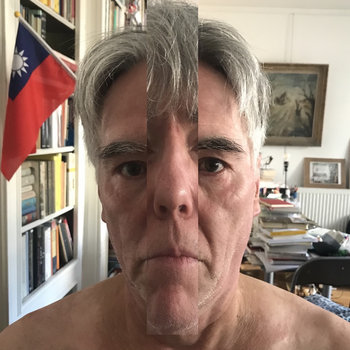

It doesn’t get more ULTRA than this. Small World, the final recording released during the Young Lions’s brief life, is a concept album inspired by Charles Jackson’s 1944 literary odyssey about alcoholism, The Lost Weekend. It was performed at Oktopus on October 22, 1980 (its sole airing), and the live recording was originally released on cassette only. Impeccably avant-garde, it’s about as far from “rock” as music nominally made with rock music instruments can be. Schellinx says the aim was “not to make the sort of pop music that was made before, also not making punk music.” Imagine a world where, instead of Chuck Berry and Elvis Presley, the rock template was based on the most outré moments of The Velvet Underground’s White Light/White Heat.
Mick Ness
The Joy of Pop


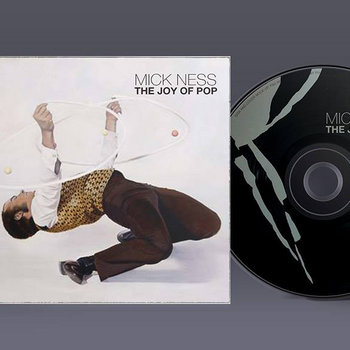
Vinyl LP



Mick Ness took part in the original ULTRA nights, offering up some engagingly jumpy urban paranoia. Torso Records originally released Ness’s 1981 debut album under the title Leave Me Your Ears, which fleshes things out with lusciously warped echoes of The Pop Group’s twisted punk-funk and Pere Ubu’s compelling yelp ‘n’ twitch. Decades later, Ness would form a new iteration of fellow travelers Mecano with that band’s Dirk Polak.
Nasmak
Beautiful Obscenery
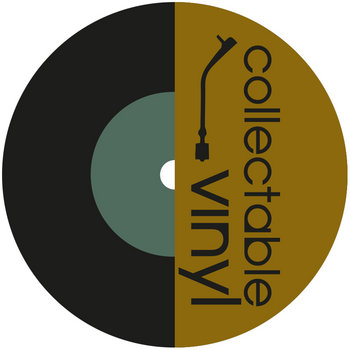
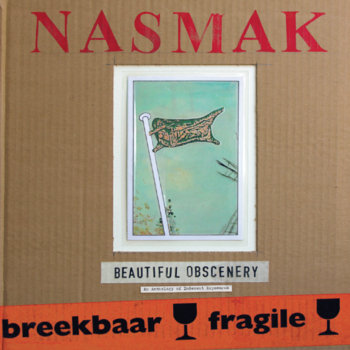


Vinyl LP


Nasmak trafficked in a more organized brand of sonic sabotage than some of their cohorts in ULTRA, but they were just as radical in their own way. Imagine a serpent eating its own tail and then somehow emerging anew amid cyclical riffs full of gut-punch basslines and disorienting synth. From 1979 until she left The Netherlands for NYC in 1981, Truus de Groot contributed vocals and electronics. She remembers the Nuenen-based band growing fiercer over time. “We would be pretty free, improvising stuff onstage more and more,” she says. “Towards the end of Nasmak we were pretty experimental.” This collection contains live performances, rehearsals, and home recordings originally released on cassette in 1981 and ‘82.
Various Artists
ULTRA Oktopus Amsterdam ‘80/’81




Compact Disc (CD)


Hearing these recordings from the original ULTRA Nights is a little like eavesdropping on the birth of a planet. The audio quality is on the rough side, as you might expect from such a determinedly DIY venture, but that’s entirely appropriate for the kinetic urgency of the music. Some of the better-known ULTRA artists like The Young Lions and Mekanik Kommando are here, but so are a bounty of others who never released a record and were ultimately lost in history’s drift. It’s a snapshot of raw energy fueling outside-the-box creativity, with elements of free jazz, provocative poetry, and more mixed in with the post-punk experimentalism and full-on freakouts.
Smalts
Werktitels
An offshoot of Minny Pops, Smalts was part of ULTRA’s second wave. They went on to make albums in the ‘00s and ‘10s but this EP, originally unleashed on Plurex in 1982, is the only output from their ‘80s run, with the exception of a few scattered compilation cuts. Recorded on a Sunday morning in an Amsterdam music conservatory (about as un-rock ‘n’ roll as you can get), it’s far more spacious and contemplative than Minny Pops, with keyboards and sax creating an almost ambient topping for rhythms that tend toward tribal-sounding minimalism.
The Ex
Dignity of Labour


The Ex is the longest-lived, most high-profile exponent of ULTRA’s legacy. The records they released when the movement was going strong were more musically aligned with anarchic UK post-punks like Crass than with the avant-garde sounds of the ULTRA bands they shared squats and stages with. But by the time they got to 1983’s more abstract Dignity of Labour, when the original scene was more or less over, it became clear that The Ex were carrying the torch forward. “If you would say, ‘What is one of the bands that really developed the idea of Ultra [later on]’ it’s The Ex,” says Schellinx.

